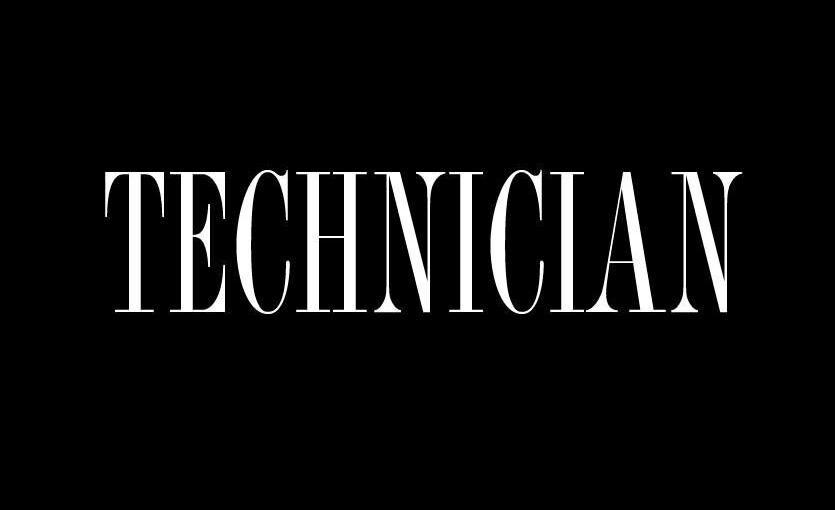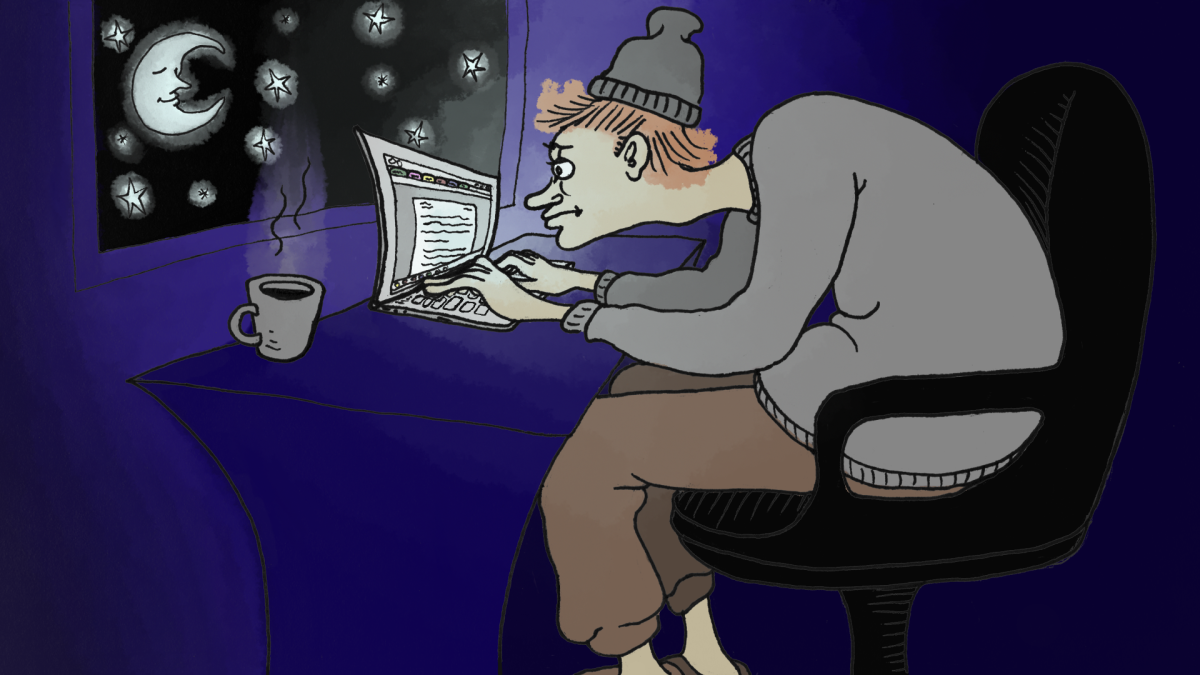We have all seen them: worn in thick and thin fabrics, embellished with simple and intricate patterns, Muslim women around campus proclaim their faith out loud in their everyday attire – the hijab.
More than just a scarf donned on top of their heads, Muslims regard the hijab as an act of worship in itself. It includes both the veil and the full-body covering constituting an entire outfit. Also an act of modesty, Muslim women are able to show the ideals of their faith outside the home and into the classroom.
“It involves not only the scarf on one’s head, but also their character and the way they act,” Mimrah Hossain, a freshman in elementary education. “As Muslim women, we are commanded by God to wear hijab which must cover everything except our hands and face.”
Naturally, Hossain’s peers would focus on the outward appearance of her hijab. However, it’s the meaning behind the veil and the integrity of their modesty that propel Muslim women to slip into these outfits every morning.
“We cover our bodies (including our hair) as an act of modesty,” said Sonya Zaghloul, a sophomore in biological sciences. Zaghloul started to wear her hijab just 3 years ago by choice. “We should protect ourselves and not just let any guy see our bodies and our beauty. We reserve that for our husband and family members.”
Non-Muslims have grown accustomed to seeing hijabs around campus, but in recent eye-opening headlines, France proposed a ban against the religious head scarves.
The French government has taken steps within the past decade to limit the wearing of certain Muslim attire in areas such as public schools and other public facilities. Last month, Jean-François Copé, French parliamentary leader, announced that no outfits covering the face are to be worn in public. This rules out religious outfits covering the full body, such as the burqah and the niqab worn by Muslims. This traditional Muslim garb is typically worn to cover the full body leaving just the eyes exposed.
The French government justifies its decision to ban religious attire like the burqah and hijab by claiming that their culture is more accustomed to keeping religion separated from the public realm. This radical secularist perspective appears to be a cause for concern among Muslims. Other members of the French parliament suggest that it would be an effort to emancipate Muslim women, ultimately elevating them from debasement.
Women on campus have responded from both sides of the argument on the European ban. Anna Bigelow, and assistant professor in philosophy and religious studies, saw the ban as an effort to uphold French culture.
“In my view, the concerns about the threat to French (or any other) culture by the niqab has more to do with a profound fear that French culture is eroding and that public religiosity is the greatest threat to the culture, or at least the most readily identifiable threat,” Bigelow said.
French identity has been on the forefront of French politics since the conception of modern France. With massive immigration from Muslim Algeria, traditionalists see Muslim customs as a threat to the French way of life.
“I would argue it is a greater threat to have a large, disenfranchised population of impoverished and isolated citizens from former colonial states that have not been adequately integrated into French society. The veil is not the real issue,” says Bigelow.
Hossain, however, regarded the ban as religious persecution.
“Each and every person has a right to practice their own religion as long as it does not harm anyone else, which in the case of the women in European countries, it [does] not,” Hossain said.
Regardless of how the French perceive the Muslim garment, Hossain does not view her hijab as oppression at all. On the contrary, she attributes much of her pleasure in her religious practices to her attire. Immune to societal pressures, Hossain holds her hijab with fond regard as it focuses her views on beauty away from cultural norms.
“In reality we feel liberated [in wearing the attire] because we are not subjected to the scrutiny and evaluation of society which emphasizes the beauty of women.”
Although the French ban has a long way to travel in terms of affecting the U.S., headlines cause Muslims to come once again to terms with arising questions about their faith and their religious symbols. Yet women who currently wear the hijab will continue to wear it out of both personal desire and reverence for their deity.
“You can think of it this way,” Zaghloul said. “If you have a 5 carat diamond, chances are you will want to protect it and keep it safe. You won’t just expose it in public for anyone to see, because it might get stolen. You would probably keep it wrapped up in a nice cloth and let people that you trust see it. Women are those diamonds in Islam.”
Also, religion can be fashionable
Endless combinations of fabrics, colors and designs make every morning an opportunity to be trendy for hijab wearers. Women who frequently wear the hijab, no different from non-Muslim women seeking fashionable accessories, are taking advantage of the current seasonal scarf trend.
Whether it be Pashmina or silk, Faiza Mustafa, a sophomore in biological sciences, shares tips in what constitutes a trendy and eye-catching hijab. Mustafa and her friends prefer New York & Company and Ross, where the best priced scarves can be found. Silky scarves such as Pashmina are most popular. If all else fails and New York & Company is not your ideal place to shop, Mustafa suggests local mosques, as they offer large varieties of scarves.
For those considering this new sense of style, there is no better time than now. Scarves are currently trending and have been for some time now. Where as in the past, women like Mustafa had to acquire their bright and lively scarves from overseas, the current fad allows easy access to a plethora of scarves, matching every pattern and color in the color spectrum.




